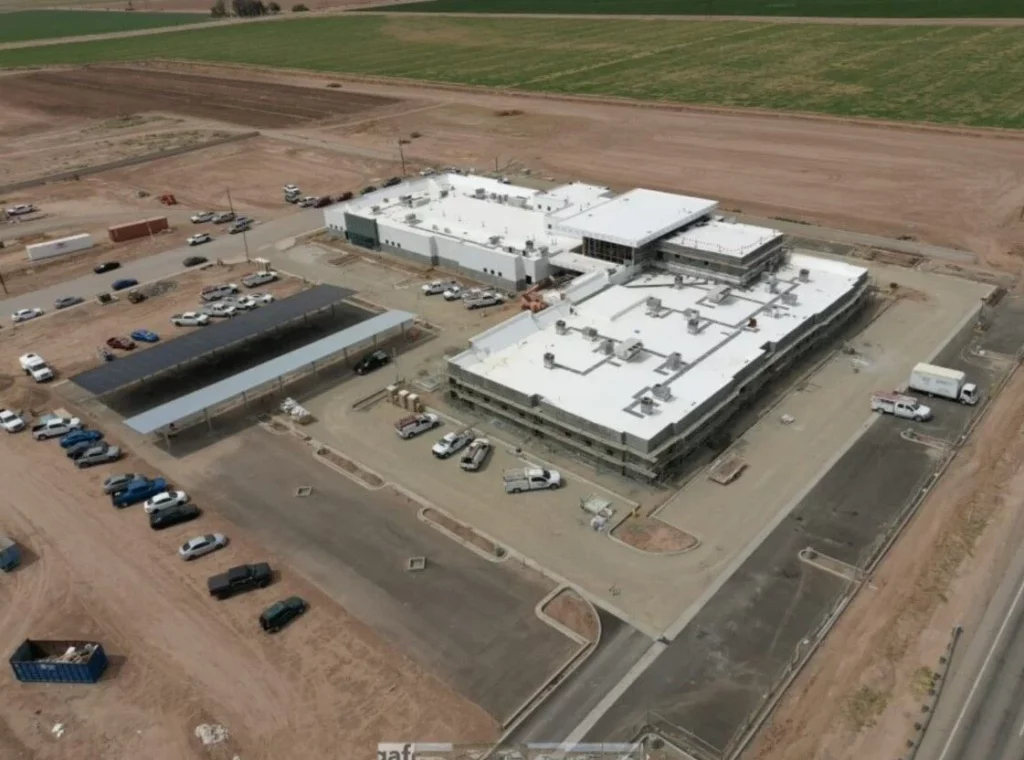1/8/17 – Construction Dive: Resiliency at center of $1.5B Seaport San Diego design
Dive Brief:
Although the $1.5 billion Seaport San Diego project is still in the conceptual design phase, developers are ensuring that the new waterfront attraction will be able to adapt to future sea-level rise and the possibility of seismic activity, according to Engineering News-Record.
A major construction element of Seaport San Diego will be a two-level parking garage built up to 30 feet below ground, which places the structure — and cars — under the water table. The project team is using a resilient design strategy that places entrances and electrical systems out of harm's way. Analysis of a recently discovered earthquake fault is also underway, and the results will determine if the development's buildings must be set back so that they don't cover the fault.
The project includes construction of a school, aquarium and a 500-foot observation tower called The Spire, which will feature a virtual-reality attraction. Developers plan to break ground on Seaport San Diego in in 2021, with construction lasting an estimated three to four years.
Dive Insight:
According to a 2017 study led by University of California Santa Cruz, sea levels are expected to rise between one and 3.4 feet by 2100, depending on how successful society is at curbing greenhouse gas emissions. In an extreme scenario, researchers said California could be in for 10 feet of sea-level rise or more if Antarctic ice melts faster than current projections. Around three-quarters of Californians live along the coastline, so even conservative estimates would see significant losses to existing property.
Kristen Hall, an urban designer with Perkins+Will’s San Francisco office, told Construction Dive in March that sea-level rise is already becoming a significant factor in design. For example, the San Francisco Giants’ waterfront Mission Rock mixed-use project is intended to draw people to the waterfront no matter where in the cycle sea levels are. To that end, the Mission Rock project has design features like elevated loading docks that could one day serve as pedestrian paths, should water flood existing walkways.
But building resilient infrastructure can be complicated. Miami Beach is currently underway with a $100 million initiative to raise roads and install water pumps in an effort to ease current and future flooding in low-lying neighborhoods. However, according to the Miami Herald, raising the roads has put some businesses technically underground, forcing the city to intervene with the Federal Emergency Management Agency (FEMA) in resolving at least one claim for water damage. FEMA initially declined the claim, stating that one restaurant in question was in a basement and therefore not covered by the establishment's National Flood Insurance Program policy. The agency later settled with the owner.

